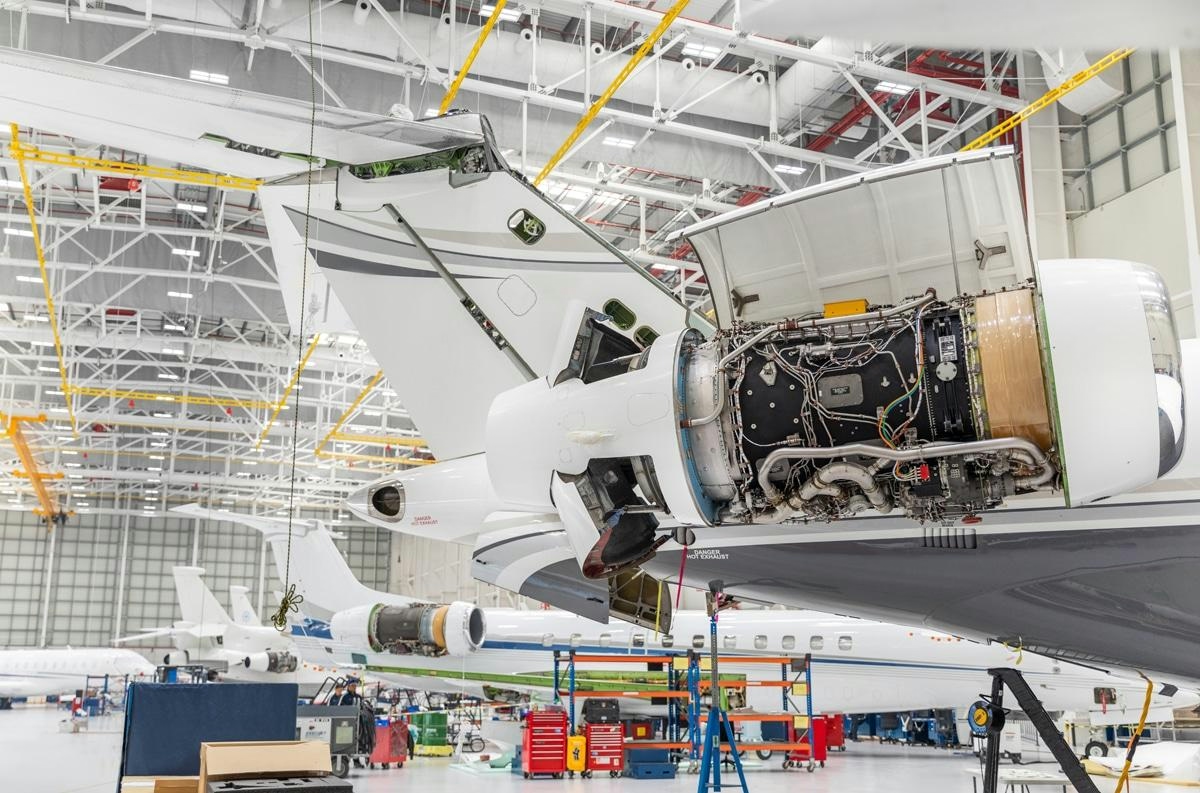
Email più intelligenti, business più veloce. Tag automatici, analisi e risposte immediate a richieste, preventivi, ordini e altro.
Tendenze
Categories
Green Aero Invests in Hydrogen Jet Engines Amid Early Challenges
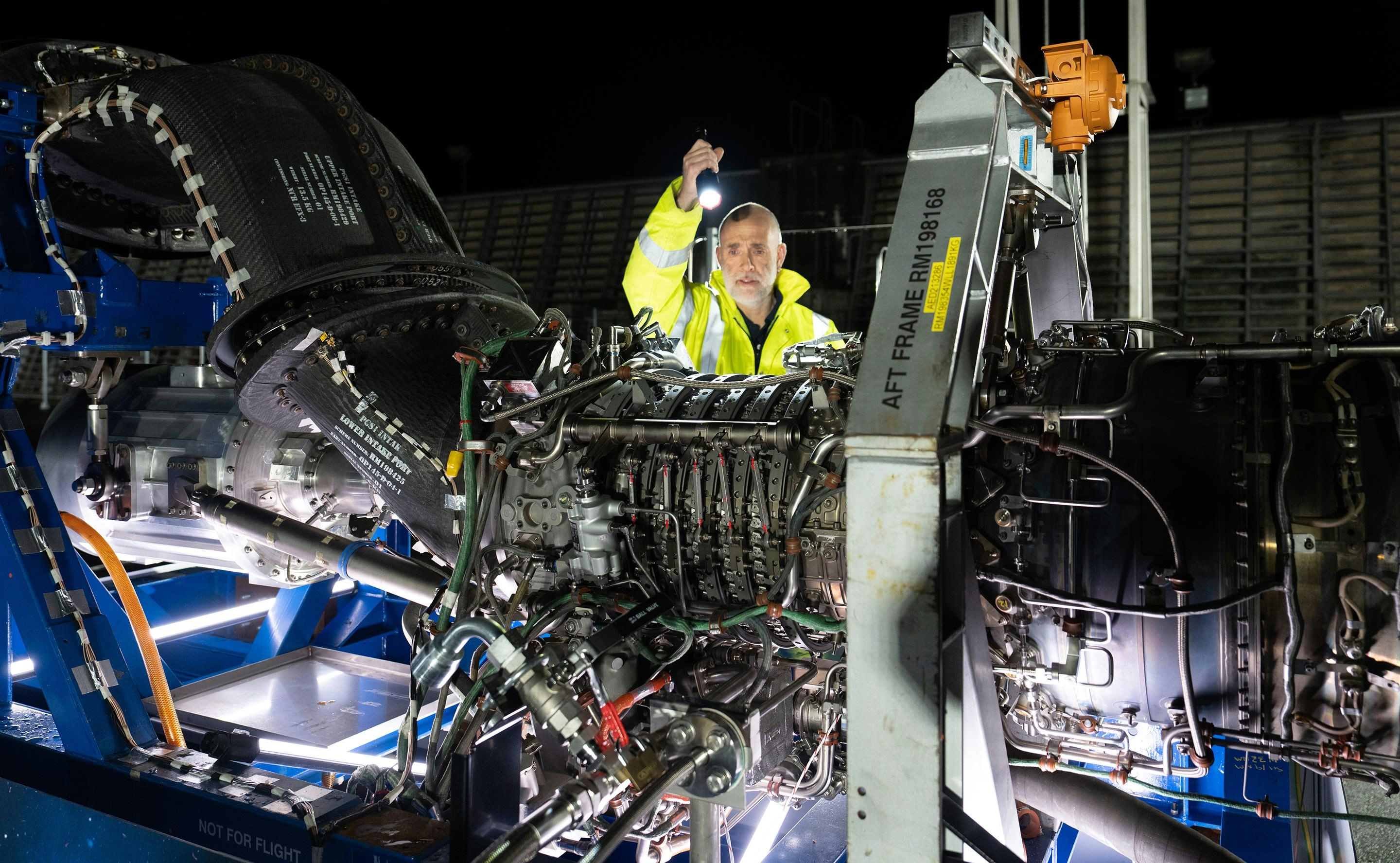
Green Aero Invests in Hydrogen Jet Engines Amid Early Challenges
Emerging Hydrogen Technologies in Aviation
Leading jet engine manufacturers such as Rolls-Royce, Pratt & Whitney, and Safran have initiated testing of hydrogen-fueled engines, signaling a potential shift toward greener aviation. However, the widespread adoption of liquid hydrogen as a viable alternative to fossil fuels remains distant. The technology confronts significant technical challenges, particularly in optimizing hydrogen combustion to maintain ultra-lean conditions while minimizing nitrogen oxide (NOx) emissions. These complexities, coupled with the nascent state of the green hydrogen market, suggest that commercial deployment of hydrogen-powered engines is still several years away.
Green Aero’s Ambitious Pursuit
Amid these challenges, Green Aero, a startup based in Delhi NCR and founded in 2023 by Prithwish Kundu, is making a determined effort to advance hydrogen propulsion in aviation. Supported by early-stage investors pi Ventures and Antler, the company is currently developing smaller traditional fuel engines tailored for drones, with a focus on defense sector applications. In May 2025, Green Aero achieved a significant milestone by successfully demonstrating its first hydrogen-powered jet engine, named The Blue Dragon. This accomplishment is notable for a company less than two years old.
Despite this progress, the road to commercial viability remains arduous. The aerospace industry is capital-intensive, often requiring extensive timeframes and substantial financial investment to bring new jet engine technologies to market. Hydrogen propulsion demands even greater technical expertise and resources than conventional engines. Consequently, market reception to Green Aero’s ambitions is expected to be cautious, given the early stage of development and the considerable technological advancements still required.
Historical Context and Leadership Vision
Green Aero’s efforts recall India’s earlier attempt to develop indigenous jet engines through Project Kaveri in the 1990s. Intended to power the Indian Air Force’s Tejas light combat aircraft, Project Kaveri ultimately stalled due to a lack of local expertise and the inherent complexity of jet engine manufacturing. Nearly three decades later, the goal of establishing a domestic jet engine industry remains unfulfilled, yet Green Aero aspires to succeed where previous initiatives faltered.
Founder Prithwish Kundu’s passion for aviation has been a lifelong pursuit. After earning a master’s degree in mechanical engineering from North Carolina State University in 2012, Kundu gained valuable experience as a propulsion engineer and researcher at Argonne National Laboratory in the United States, contributing to projects for NASA and the US Army. This background has provided him with critical insights into the aerospace sector and the challenges associated with commercializing advanced technologies.
Market Position and Future Prospects
To date, Green Aero has raised $1.6 million in funding and claims to have small drone engines ready for commercialization in the near term. However, the company has yet to commence commercial operations or generate revenue. Meanwhile, competitors are exploring alternative propulsion technologies, such as hybrid-electric systems, exemplified by the U.S. Army’s recent collaboration with Electra Aero to evaluate hybrid-electric capabilities.
As the global hydrogen market—including green hydrogen—continues to evolve amid significant capital and operational challenges, Green Aero’s journey is only beginning. The company’s ambition to position India among the world’s leading jet engine producers faces formidable obstacles, but for Kundu, it remains a lifelong dream worth pursuing.

Drones Could Start Home Deliveries in Kigali by Next Year
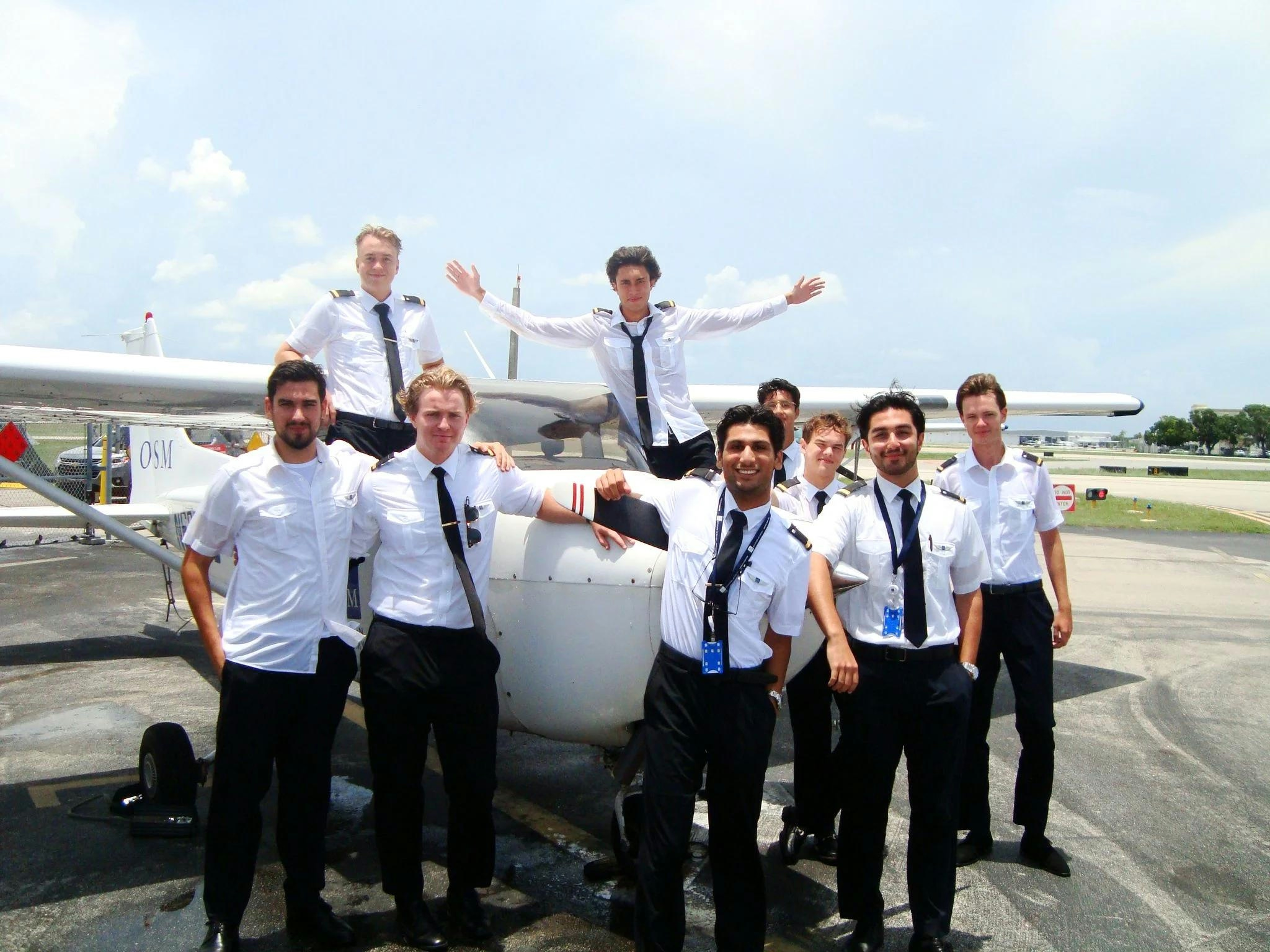
FlightLogger Expands North American Reach with OSM Aviation Academy Partnership

Putin Urges Russian Aerospace Sector to Develop Rocket Engines
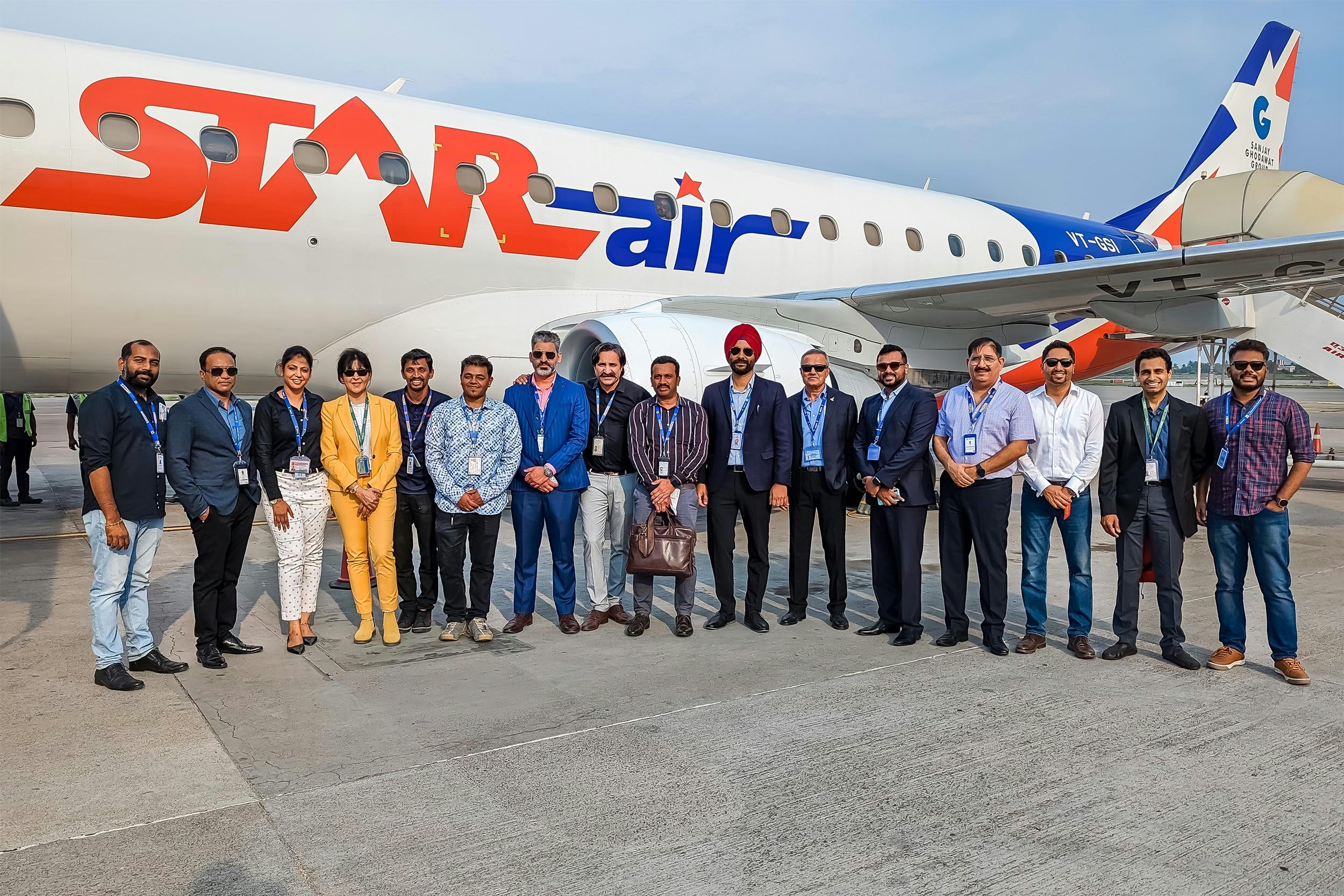
Star Air and HAL to Establish MRO Facility for Embraer Aircraft in India
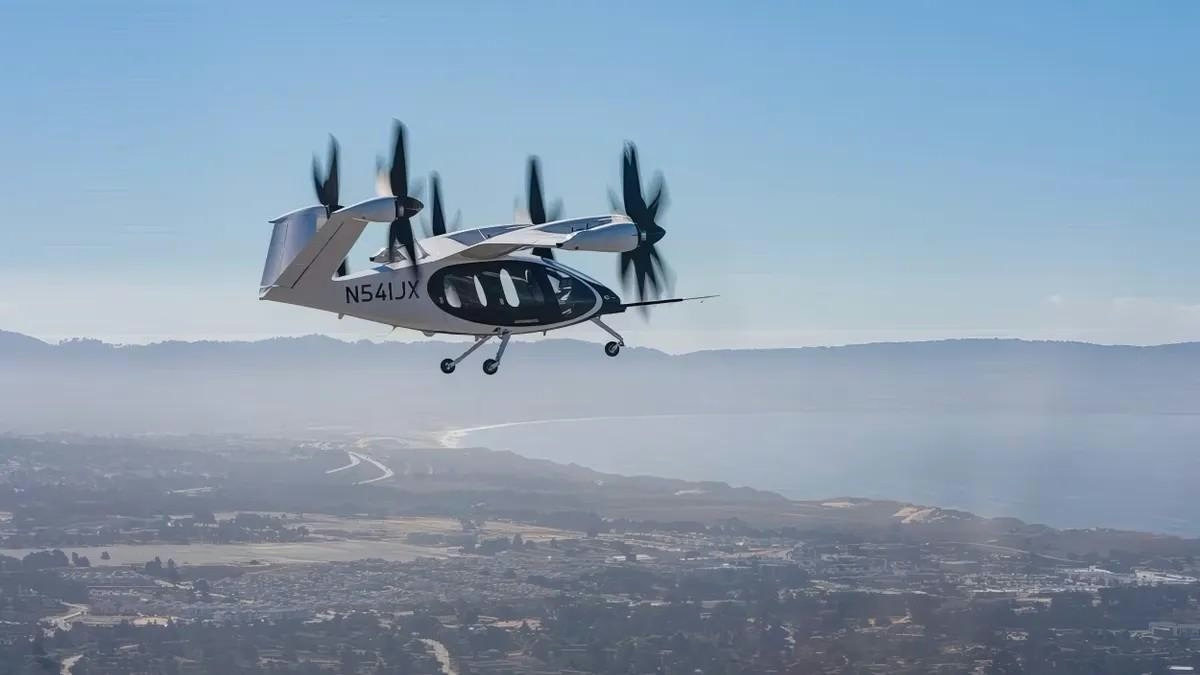
ANA and Joby Aviation Demonstrate eVTOL Flights at Expo 2025 Osaka
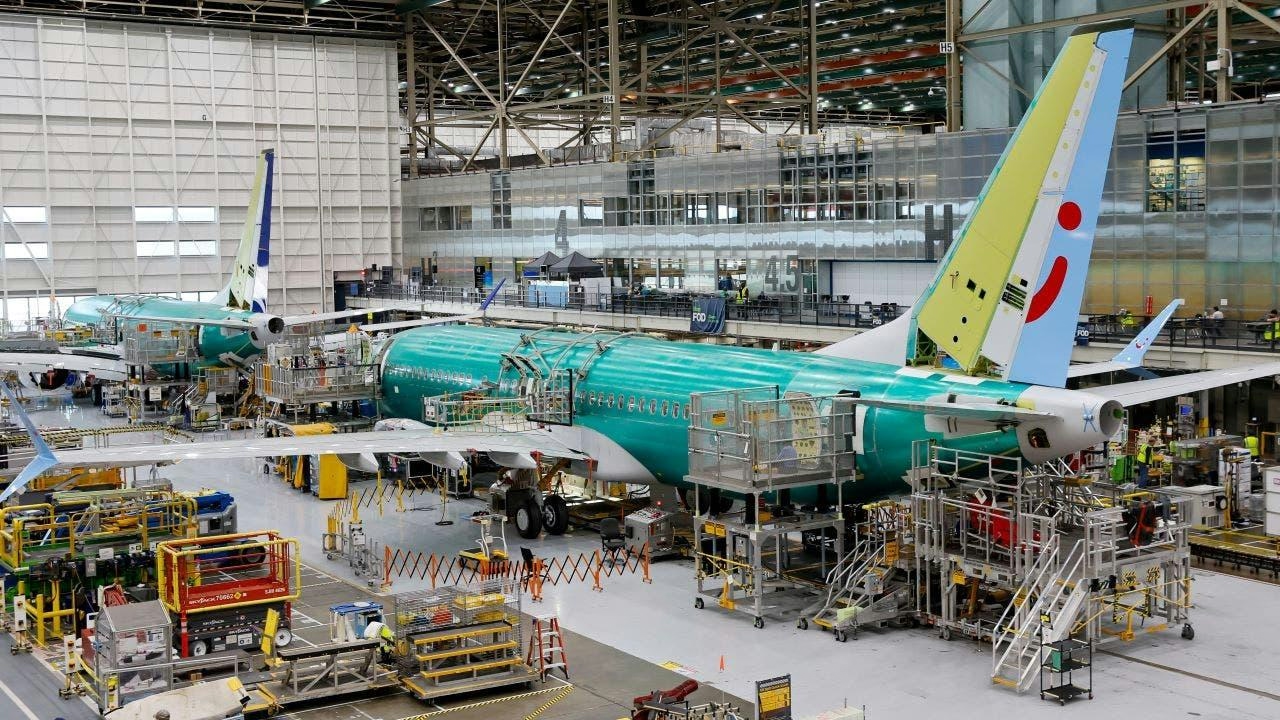
Airlines Confront Rising Labor Costs Amid Growing Use of AI

Congressional Mandates Shape Aviation Safety and Defense Technology

Duncan Aviation Updates GL-5000 System
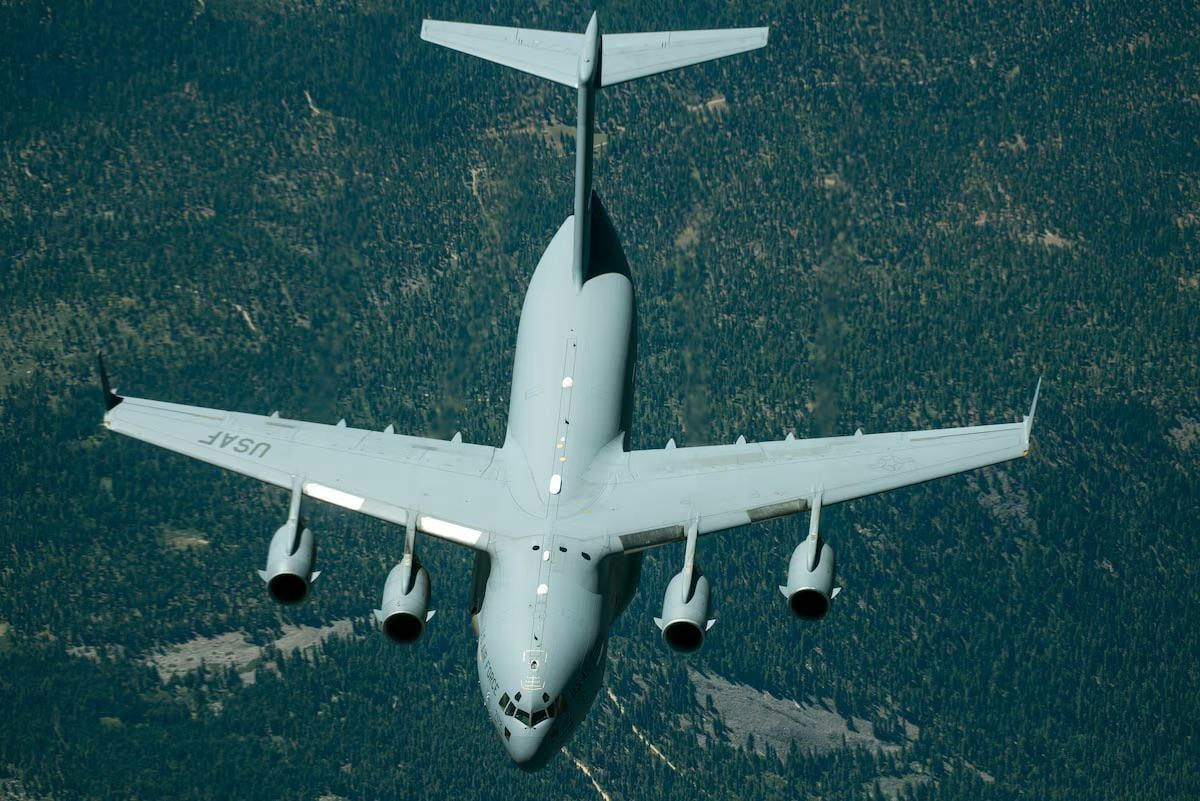
Why the C-17 Globemaster Was Designed with Four Engines
